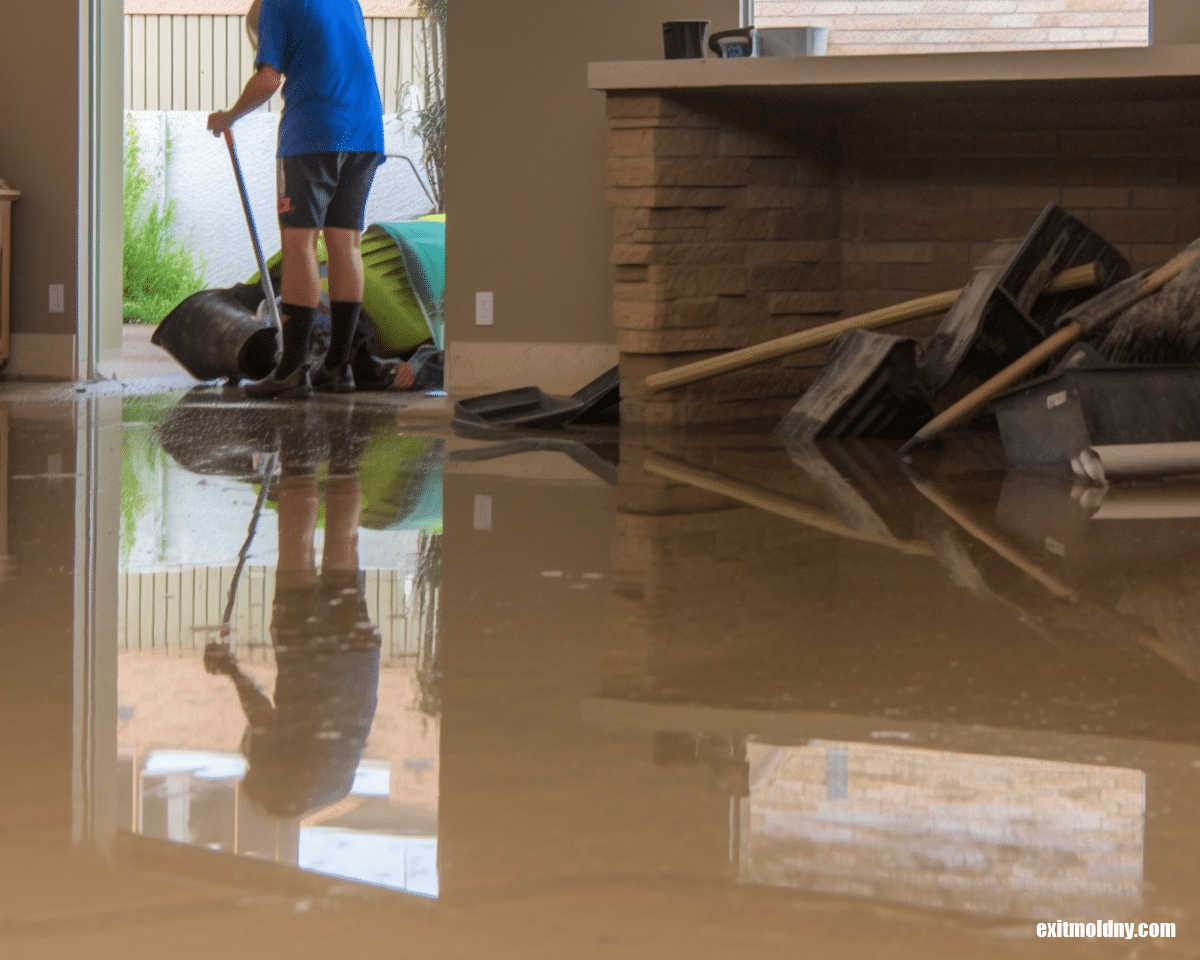Step-by-Step Process for Successful Lead Infraction Removal
Resolving lead violations demands a precise and organized technique to make certain both safety and governing compliance. The journey begins with the precise discovery and assessment of contamination resources, using advanced diagnostic tools. Following this, adherence to federal and state regulations is paramount to formulating a reliable removal strategy. Such a plan should detail the specific approaches and timelines for activity. The real remediation needs knowledgeable personnel to carry out these plans while purely adhering to safety methods. Yet what happens after the removal is completed? The response exists in comprehending the crucial post-remediation approaches that make sure long-lasting safety and area wellness.

Discovery and Assessment
Discovery and assessment are important action in the remediation of lead offenses. To guarantee a reliable remediation procedure, it is necessary to conduct a thorough assessment of the environment where prospective lead exposure exists. The first stage of detection entails identifying resources of lead contamination, which can be located in paint, water pipes, dirt, and dust. Making use of sophisticated diagnostic devices such as X-ray fluorescence (XRF) analyzers and atomic absorption spectroscopy (AAS) can provide precise dimensions of lead focus.
This includes assessing the extent and seriousness of contamination, as well as identifying populaces at threat, specifically youngsters and expectant ladies. The gathered information need to be diligently recorded to support the development of an efficient remediation strategy.
Furthermore, it is vital to focus on locations with the highest degree of contamination and those that pose the best wellness threats. Reliable communication with stakeholders, including residential or commercial property owners, homeowners, and public health and wellness officials, is crucial for making certain that all celebrations are notified regarding the findings and the succeeding actions required for removal. This first discovery and evaluation phase lays the foundation for a successful lead offense removal procedure.

Legal and Regulatory Conformity
Browsing the landscape of lawful and regulatory conformity is a crucial facet of successful lead infraction removal. Compliance makes sure not just the safety of afflicted populaces but likewise the credibility and legal standing of the company liable for remediation.
This involves precise documents of all removal activities to show conformity. Failure to adhere to these regulations can result in severe penalties, including hefty penalties, legal action, and reputational damages.
Involving legal experts specialized in ecological regulation can assist in navigating these intricacies. Routine training and qualification for all employees associated with the remediation procedure are likewise mandatory to ensure adherence to safety and security and regulative standards. By focusing on legal and regulatory conformity, organizations can effectively minimize dangers and achieve an effective remediation end result.
Planning the Remediation
Properly preparing the remediation of lead violations starts with a complete assessment of the polluted website. This data-driven method ensures that remediation initiatives are properly targeted and efficient.
As soon as the contamination is mapped, a risk evaluation need to be conducted to review potential health and wellness threats to humans and the atmosphere. Lead Violation Removal in NYC. This assessment must consider aspects such as exposure pathways, populace vulnerability, and environmental impacts. The understandings collected will certainly form the basis for choosing an ideal remediation method
Ultimately, establishing clear, achievable purposes for the remediation job is important. These goals should line up with governing standards and stakeholder expectations to make sure conformity and area acceptance. Developing a comprehensive removal plan that details methods, timelines, and source appropriation will help with a structured approach to the cleanup procedure.
Additionally, it is necessary to involve with stakeholders early and maintain clear communication throughout the preparation stage. This consists of notifying neighborhood areas, acquiring necessary permits, and collaborating with regulative agencies to make sure all legal anonymous and step-by-step demands are satisfied. A well-crafted remediation plan not just attends to the contamination successfully but likewise builds trust and participation among all events involved.
Implementing the Removal
With a well-structured removal plan in position, the emphasis shifts to the real implementation of the remediation tasks. This phase includes activating the required sources, including knowledgeable workers, specialized tools, and top notch materials. Begin by plainly marking duties and obligations to ensure accountability and seamless coordination amongst group participants.
The preliminary action in implementation is to secure the website. This consists of establishing containment locations to stop lead dust and debris from dispersing, along with employing air purification systems to maintain air top quality. Next, wage the elimination of lead-based products. Make use of approaches such as damp scraping, chemical removing, or encapsulation, depending on the seriousness and area of the contamination. It is vital to follow safety methods, consisting of using personal safety equipment (PPE) and appropriate disposal of harmful materials.
Throughout the removal procedure, conduct routine evaluations and air top quality monitoring to make certain conformity with regulatory criteria. Effective communication with stakeholders, including homeowner and occupants, is critical to keep them informed of development and any kind of unforeseen growths. By diligently following these steps, the removal tasks can be implemented effectively and properly, eventually mitigating lead risks.
Post-Remediation Strategies
Post-remediation approaches play a vital function in making sure the long-lasting success of lead infraction removal efforts. These methods encompass recurring surveillance, maintenance, and area education and learning to stop future lead exposure and ensure a safe atmosphere.
First, routine monitoring is crucial. This includes routine testing of the formerly influenced areas to guarantee that lead degrees stay within risk-free limitations. Residential property owners should establish a schedule for these examinations, preferably in collaboration with licensed environmental professionals.

Third, educating the neighborhood plays a pivotal role in maintaining the benefits of removal. Residents and home supervisors need to be notified concerning the threats of lead direct exposure and the very best techniques for maintaining a lead-safe setting. Workshops, informative pamphlets, and neighborhood conferences can be click reference reliable devices for disseminating this details.
Verdict
Successful lead offense removal requires a comprehensive, organized approach encompassing detection and analysis of contamination, adherence to lawful and regulatory requirements, thorough preparation, and reliable implementation of remediation initiatives. This methodical procedure emphasizes the value of thoroughness and alertness in resolving and mitigating lead contamination.